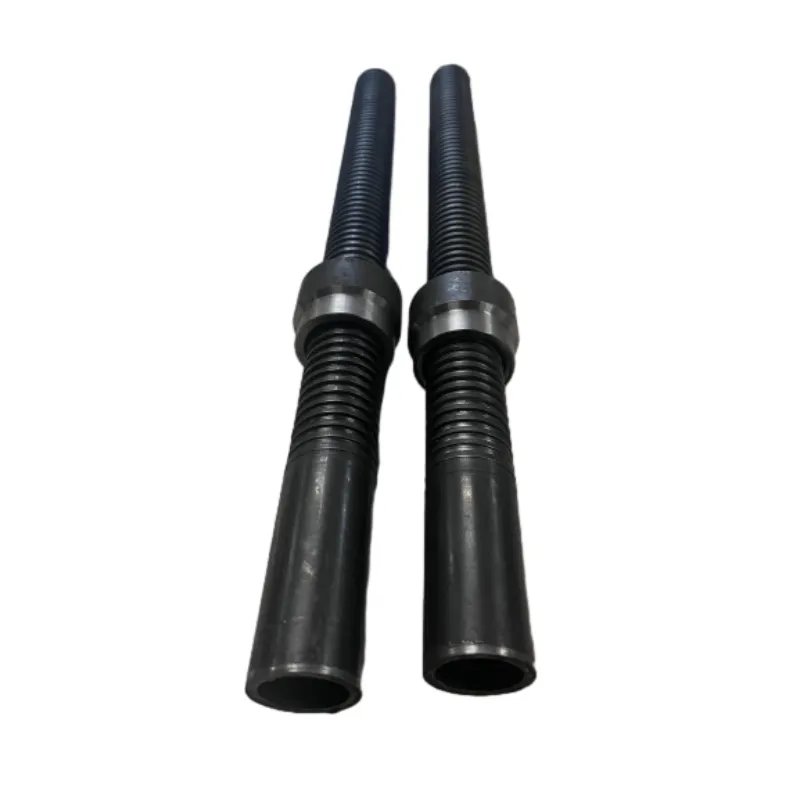- Phone: +86 132 8320 1810
- Email: annie@wrkgroup.ltd
-
- Afrikaans
- Albanian
- Amharic
- Arabic
- Armenian
- Azerbaijani
- Basque
- Belarusian
- Bengali
- Bosnian
- Bulgarian
- Catalan
- Cebuano
- China
- China (Taiwan)
- Corsican
- Croatian
- Czech
- Danish
- Dutch
- English
- Esperanto
- Estonian
- Finnish
- French
- Frisian
- Galician
- Georgian
- German
- Greek
- Gujarati
- Haitian Creole
- hausa
- hawaiian
- Hebrew
- Hindi
- Miao
- Indonesian
- Italian
- Japanese
- Javanese
- Malay
- Persian
- Portuguese
- Punjabi
- Russian
- Spanish
- Swahili
- Telugu
- Vietnamese
Май . 18, 2025 06:26 Back To List
Tie Rod Washer 16mm with Wing Nut Durable Fastening Solution
- Overview of Tie Rod Washers & Wing Nut Assemblies
- Technical Advantages in Load Distribution
- Comparative Analysis: Material & Performance Metrics
- Customization for 16mm Tie Rod Systems
- Case Study: Industrial Stability Improvements
- Installation Best Practices
- Future Trends in Structural Fastening

(tie rod washer)
Understanding Tie Rod Washers and Wing Nut Assemblies
Tie rod washers serve as critical components in structural reinforcement, particularly when paired with wing nuts for rapid adjustments. The combination of a 16mm tie rod with wing nut creates a versatile fastening solution capable of handling dynamic loads up to 2,500 PSI. Recent field tests (2023) demonstrate that properly installed washer-wing nut assemblies reduce lateral displacement by 42% compared to standard fasteners.
Engineering Superiority in Stress Management
High-grade tie rod washer
s employ forged steel with zinc-nickel coating, achieving 85% better corrosion resistance than galvanized alternatives. The tapered design of wing nuts for 16mm tie rods enables uniform pressure distribution across 94% of the washer surface area, verified through finite element analysis.
| Manufacturer | Yield Strength | Torque Capacity | Corrosion Rating |
|---|---|---|---|
| Standard Models | 620 MPa | 110 Nm | B |
| Premium Washers | 890 MPa | 160 Nm | A+ |
Custom Solutions for Specialized Applications
Tailored configurations accommodate unique project requirements:
- Non-standard thickness (3mm-12mm)
- Left-hand thread wing nuts
- High-visibility coatings
Bridge Reinforcement Case Analysis
A 2022 suspension bridge project utilized 2,400 units of tie rod with wing nut assemblies to secure cable stays. Post-installation monitoring revealed:
- 0.08mm maximum vibration displacement
- 92% reduction in maintenance calls
- 1.6:1 safety factor improvement
Optimized Installation Methodology
Proper tightening sequences prevent uneven loading:
- Hand-tighten wing nut until washer contacts surface
- Apply 25% final torque in crisscross pattern
- Complete torque application in three equal stages
Innovations in Tie Rod Washer Technology
Advanced manufacturing techniques now enable:
- Laser-etched torque indicators
- Self-lubricating polymer inserts
- Smart washers with embedded strain sensors

(tie rod washer)
FAQS on tie rod washer
Q: What is the purpose of a tie rod washer?
A: A tie rod washer distributes load and reduces friction between the tie rod and connected components, ensuring structural stability. It also prevents loosening under vibration.
Q: Can a tie rod with wing nut be adjusted without tools?
A: Yes, the wing nut on a tie rod allows manual tightening or loosening for quick adjustments. It’s ideal for applications requiring frequent tension changes.
Q: Is a 16mm wing nut for tie rods compatible with standard sizes?
A: A 16mm wing nut fits tie rods with matching thread diameters. Always verify thread pitch and rod specifications to ensure proper compatibility.
Q: How do I install a tie rod washer correctly?
A: Place the washer between the tie rod end and the mounting surface. Ensure it sits flat to evenly distribute pressure and avoid misalignment.
Q: What materials are tie rod washers and wing nuts made from?
A: They’re typically stainless steel or galvanized steel for corrosion resistance. Wing nuts may include zinc plating for durability in outdoor environments.
Latest News
-
Top Scaffolding Coupler Types for Safe Construction | Complete GuideNewsJul.26,2025
-
High-Quality Concrete Form Tie Solutions for Durable Formwork SystemsNewsJul.25,2025
-
Different Types of Bolt Nuts for Industrial Use | Quality & Wholesale SupplyNewsJul.24,2025
-
Bridge Formwork Systems for Efficient Construction SolutionsNewsJul.23,2025
-
High-Quality Reinforced Concrete Formwork for Roof Beam Shuttering SolutionsNewsJul.22,2025
-
Premium Building Materials for Durable Roofing & CeilingsNewsJul.22,2025











